
Rolls-Royce Phantom review
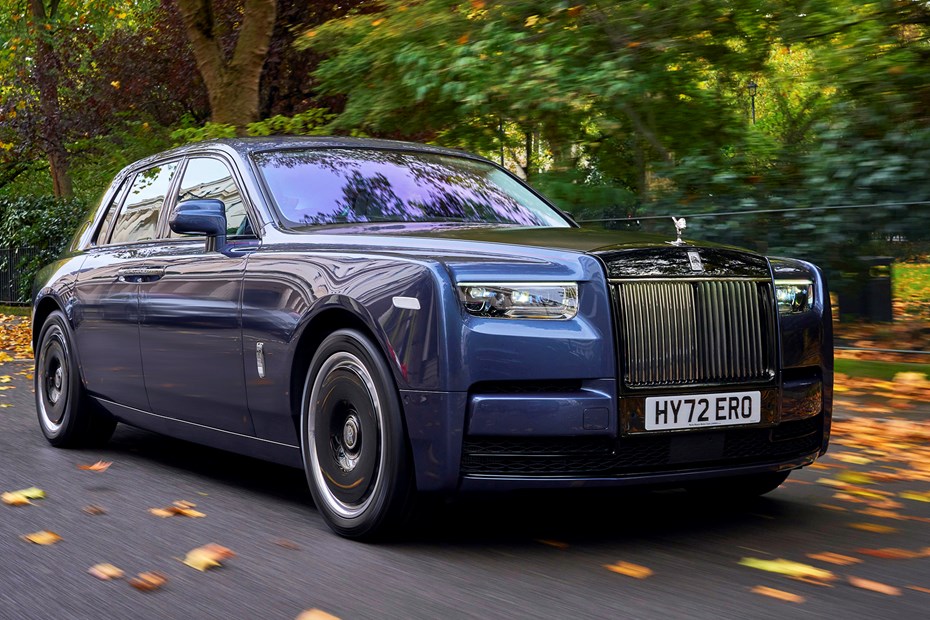
At a glance
| Price new | £433,545 - £513,170 |
|---|---|
| Used prices | £139,368 - £380,737 |
| Road tax cost | £620 |
Get an insurance quote with

|
|
| Fuel economy | 17.7 - 18.8 mpg |
| Miles per pound | 2.6 - 2.8 |
| Number of doors | 4 |
| View full specs for a specific version | |
Available fuel types
Petrol
Pros & cons
- Effortless performance
- Incomparable comfort
- Unrivalled road presence
- Expensive
- Looks too much like the previous version
- Is it really that much better than a Ghost?
Overview
If the Rolls-Royce Phantom VIII launched in 2017 looked a lot like the MkVII from 2003, the new Series II version of the MkVIII could be a head-scratching ‘spot the difference’ competition. It looks very similar because it is very similar. There are tiny changes inside and out: a slightly thicker rim to the steering wheel, a marginal tweaked grille and headlights, some new wheel options, and an extra degree of connectivity.
Despite staying much the same, the Phantom MkVIII Series II finds itself in a different world. A world where its lack of electrification might be an issue for some. A world where the fact that it’s a boxy saloon, and not an SUV, will strike it off some potential buyers’ shortlists. And given the relatively recent arrival of a new generation of Mercedes S-Class, and now a new BMW 7-series, there will be some who wonder if it’s still worth paying the huge Rolls-Royce premium.
It’s outsold by the Cullinan SUV and the slightly smaller Ghost saloon, but the Phantom still has long waiting lists, and still defines what Rolls-Royce is all about: traditional styling and timeless luxury riding on modern technology, some of it drawing on the expertise of parent company BMW.
The suspension is unchanged: big adaptive air springs to soak up bumps, and clever active anti-roll bars that disengage when not needed to improve body control. The twin-turbo 6.75-litre V12 engine is also unchanged. As ever, it’s all about effortless propulsion, and the feeling of having vast reserves of power at your disposal.
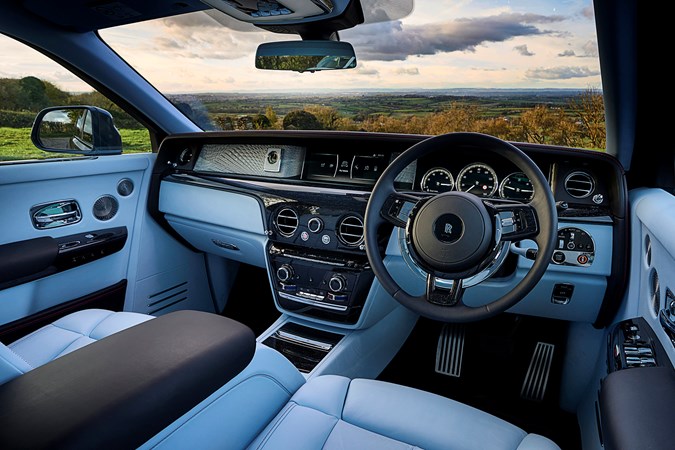
What’s it like inside?
Being inside a Phantom is a wonderful experience. The finest leathers, lovely wood veneers, and made-in-England lamb’s wool carpets make every journey an event. Rear wood marquetry picnic tables pop down, just as high-res screens pop up, a nice juxtapostion of classic and modern.
A drinks cabinet can be neatly packaged in the leather and wood lined central armrest, with coolbox and twin champagne flutes. The headrests are pillow-soft, the rear seats – individual or lounge-chair, you choose – are expansive and cossetting.
Entry and exit are by vast rear-hinged doors, all the better for the rear-seat passenger to make an impact on arrival. The big rear pillar neatly hides the their face from a curious world.
Every Phantom will be customised to some extent – there is really no such thing as a standard version. There are so many splendid details, such as the starlight headliner, where LEDs can twinkle, or concentrate light for map reading.
Perhaps the most novel sign of bespokery is the ‘gallery’. This replaces much of the dashboard with a glass-covered display area, behind which customers can commission their choice of artwork. It could be made from silk, metal work, porcelain or be an oil painting.
What’s it like to drive?
The engine punches with silken smoothness – it’s never jerky – and response is instant. It’s also incredibly quiet, as eerily silent as an electric motor. Only when accelerating hard does some faint induction slurp betray its internal combustion.
On the move, this is one of the quietest cars that’s ever laid tyre to tarmac. It’s a leather-lined library in the fast lane, as hushed as a cathedral and as imposing as one, too.
The engine isn’t precisely silent, especially if you get lively with the long-travel accelerator pedal, but it’s quieter than some electric cars. It’s not just the unstressed nature of the velvety V12 that’s responsible. There’s a whopping 130kg of sound deadening to silence any groans or whines, and the tyres are foam filled and sealed to mute any tyre cavity thrum.
For such a vast and heavy car, it’s good to drive. The steering is light but precise – you can drive this car down a winding road with a surprising amount of enthusiasm, relishing the on-demand torque.
Maybe lateral seat support could be better – but not let’s pretend it’s a sports saloon. It can accelerate bracingly quickly, but more relevant is the way it can maintain high average speeds throughout long journeys. The driver stays comfortable, unbattered by bumpy roads or wind noise, and everyone on board has the wonderful sensation that the car is there to make life very agreeable.
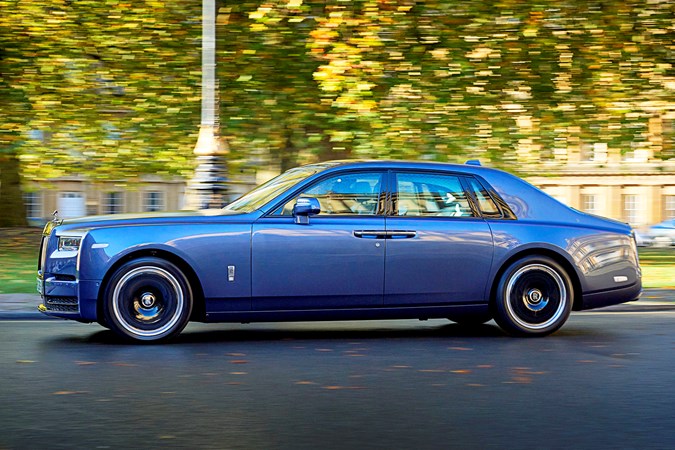
What else I should know?
The changes for the Series II leave the MkVIII’s fundamentals unchanged. It still has a tall, prominent nose, rounded balloon front wings, long bonnet and flowing flanks. There’s a new line across the top of the grille, and the grille itself is slightly re-angled, and follows the Ghost in being subtly illuminated. The headlights have tiny star shapes laser-cut into them, echoing a design motif from the interior.
At 5.76 metres (normal wheelbase) and 5.98 metres (extended wheelbase) the Phantom remains, by some margin, the world’s longest production car. Weight is unchanged, at a vast 2.69 tonnes. Plenty of top-end SUVs are lighter.
Read on for the Parkers verdict.



.jpg)
.jpg)
.jpg)
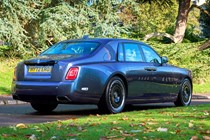
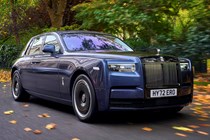

.jpg)
.jpg)
.jpg)
.jpg)
.jpg)
.jpg)
.jpg)
.jpg)
.jpg)
.jpg)
.jpg)
.jpg)

.jpg)
.jpg)
.jpg)
.jpg)
.jpg)
.jpg)
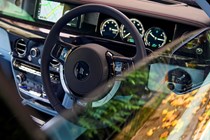
.jpg)

.jpg?quality=50)
.jpg?quality=50)
.jpg?quality=50)



.jpg?quality=50)
.jpg?quality=50)
.jpg?quality=50)
.jpg?quality=50)
.jpg?quality=50)
.jpg?quality=50)
.jpg?quality=50)
.jpg?quality=50)
.jpg?quality=50)
.jpg?quality=50)
.jpg?quality=50)
.jpg?quality=50)

.jpg?quality=50)
.jpg?quality=50)
.jpg?quality=50)
.jpg?quality=50)
.jpg?quality=50)
.jpg?quality=50)

.jpg?quality=50)